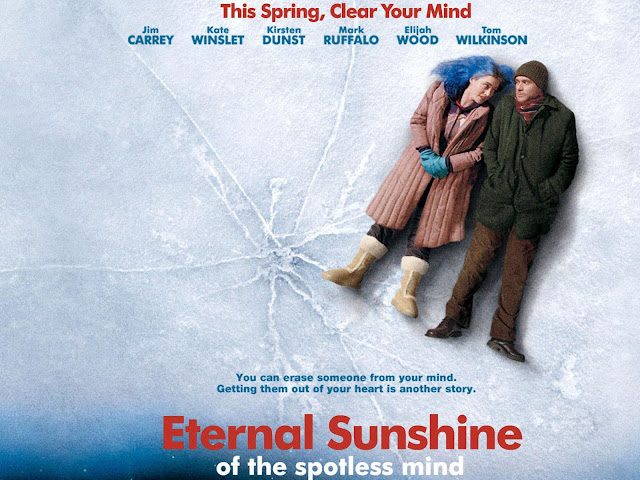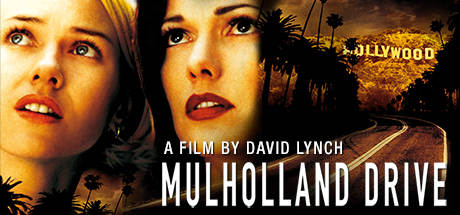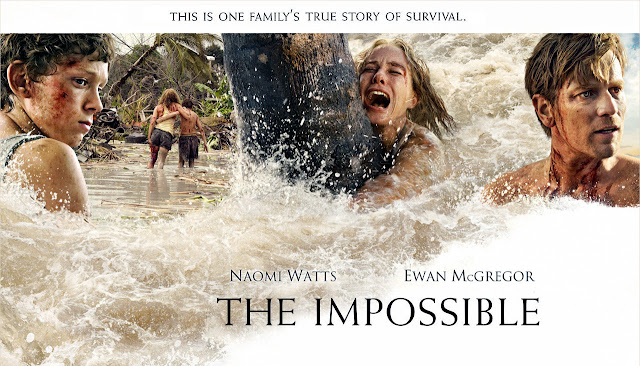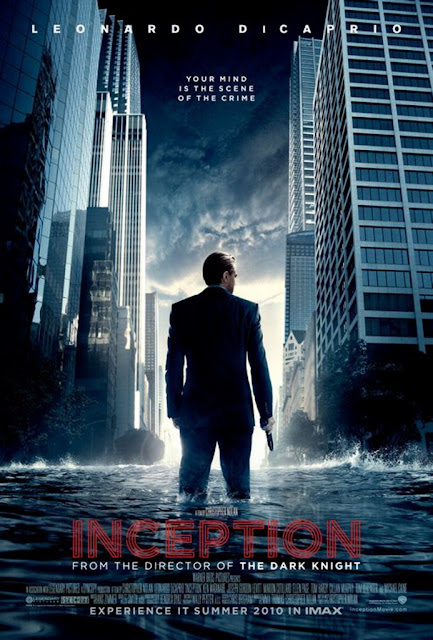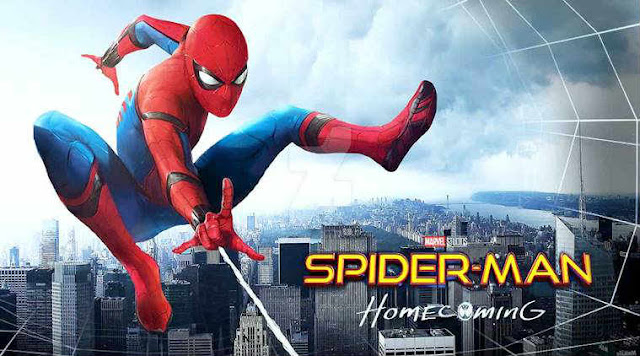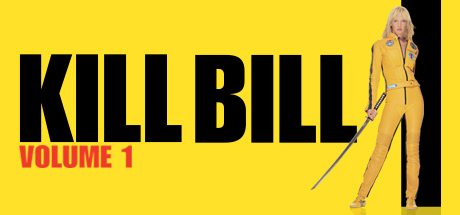Scream (1996) - Postmodernism
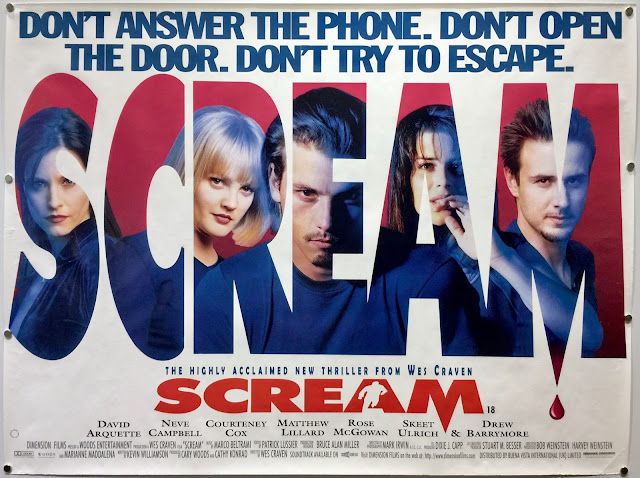
Figure 1. Movie poster (1996) Scream is a 1996 mystery/ slasher film directed by Wes Craven. In the film a young, teenage girl is gruesomely murdered, sparking more murders throughout the fictional town of Woodsboro, California. In the film the characters are unaware that the killer has been living among them, slowly finding ways to kill the victims. Throughout the film references to other horror movies are made such as Nightmare on Elm Street and Friday the 13th. How does Scream relate to Postmodernism: A estheticization of violence - Throughout the film, Wes Craven focuses on the violence of the murders committed. A variety of shots are used throughout the film to show the murders after they have happened and during. Figure 2. Murder of Steve Figure 3. Murder of Casey Hyper realism - Scream can be seen as realistic as the film was set in the present day (1996) when it was released, but it can also be seen as hyper realistic. This is as the murders and the q
